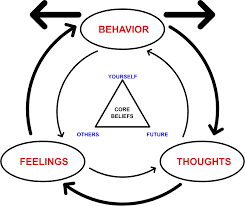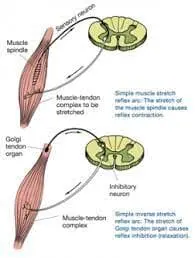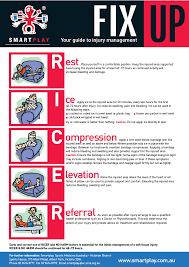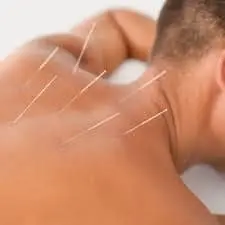
Posts

Cognitive Behavioral Therapy (CBT)
What Is Cognitive Behavioral Therapy (CBT)? Cognitive Behavioral Therapy (CBT) is a widely used psychotherapeutic approach aimed at helping individuals identify and change negative thought...

Cupping Therapy
What is a Cupping Therapy? Cupping therapy, an ancient healing practice, has garnered increasing attention in recent years for its potential health benefits. Dating back...

Muscle Energy Technique (MET)
What is a Muscle Energy Technique (MET)? Muscle Energy Technique (MET) is a manual therapy technique commonly used in physical therapy and osteopathic medicine to...

RICER Principle
What is a RICER Principle? Rest, ice, compression, elevation, and referral are represented by the letters R, I, C, E, R, in that order. This...

PRINCE Principle
Introduction The PRINCE principle is a modified approach to treating acute injuries, and it’s particularly helpful when sports or other physical activities are involved. Non-steroidal...

PRICES Principle
Introduction The PRICES principle stands for Protection, Rest, Ice, Compression, Elevation, and Support. It is an extended approach to treating acute injuries, particularly those sustained...

PEACE & LOVE Protocol
Introduction The care and rehabilitation of soft tissue injuries are significantly more complex, even though RICE and POLICE are popular and well-known concepts. The sub-acute...

Suspension Therapy
What is Suspension Therapy? Suspension therapy, also known as suspension training, is a versatile and effective form of exercise that utilizes straps, ropes, or similar...

Dry Needling
What is Dry Needling? Dry needling is a therapeutic technique used by healthcare professionals, primarily physical therapists, to treat musculoskeletal pain and movement impairments. Unlike...

HI-RICE Principle
Introduction A foundation for treating soft tissue injuries such as sprains, strains, and contusions (bruises) is provided by the HI-RICE principle, which stands for Hydration,...
